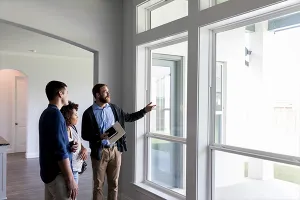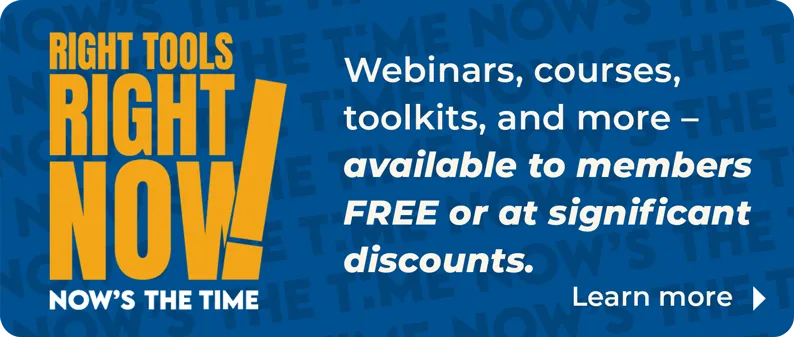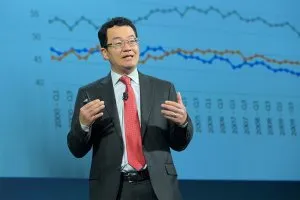Sometimes even the most common sense solutions to community transportation needs take decades to gain traction. Bike sharing is no exception. After almost 50 years of trial and error, this form of two-wheeled public transit has finally grown from its western European roots to blossom as a global enterprise. According to a 2011 study by the United Nations Commission on Sustainable Development, 236,000 bike share vehicles were traversing the thoroughfares and lanes of at least 300 cities worldwide. Europe still claims almost 90 percent of city fleets, but its share of total bikes in use has dropped below the 50 percent level. Paris’ Vélib´ system continues to garner the greatest acclaim. With 20,000 bikes and 1,800 docking stations and daily rentals as high as 120,000 trips, Vélib´ racked up an astounding 100 million trips in its first four years. Its industrial design, engineering and software are patented under the name Cyclocity, and it is available in 67 other cities in France and other countries. In sheer size, however, Hangzhou, China, takes first place honors with a fleet of 50,000 bikes and 2,050 docking stations.
Bike sharing actually began in the mid 60s when Witte Fietsen (“White Bikes”), a modest-size, free offering program of bikes on an honor basis, was launched in one of the world’s most bike-friendly cities — Amsterdam. But this effort was quickly abandoned due to high levels of theft. Several later attempts in succeeding years, including a few in the U.S., also failed for much of the same reasons.
A major breakthrough finally occurred in 2005 with the Vélo’v program in Lyon, France. At last bicycles were made available with vandal-proof assembly components and tamper-resistant docking mechanisms. This advancement has since fused with other “smart bike” advances in wireless IT technologies according to Paul Demaio, a leading bike share expert based in the United States and whose blog (http://bike-sharing.blogspot. com/) is considered the most authoritative guide on the bike share movement here and abroad. Smart bikes offer another crucial user-friendly breakthrough: instead of relying on an attendant behind a service desk to rent a bike, customers can go directly to any bike docking station and insert their subscription card in the automated kiosk slot — just like using an ATM.
The United States is a relative latecomer and smart bike attributes are highly credited for contributing to the national surge in bike sharing programs. According to a September 2012 report by the Toole Design Group in conjunction with the Pedestrian and Bicycle Information Center and the U.S. DOT Federal Highway Administration, nearly 20 U.S. communities now operate smart bike facilities and an additional 20 or more are in the formal planning stages. Fleets range in size from Capital Bikeshare in Washington, D.C., and the Arlington and Alexandria, Va., areas (1,670 bikes and 175 stations), to Spartanburg, S.C., (14 bikes and 2 stations).
Launch days in cities have blossomed into civic celebrations. Social marketing, special discounts and community rides are some of the many promotional tools being deployed by bike share management and civic boosters to launch and grow the systems. Deftly using such tools, Capital Bikeshare has surpassed all expectations by hitting the 1 million ride mark in its first year.
It appears that the skeptics had it wrong. Granted the car has been king of the road since the inception of the Interstate Highway system, but it is beginning to look like bike sharing may be here to stay. Charlotte, N.C., launched a smaller system in advance of the September 2012 Democratic National Convention, proudly staking its claim as a convention “legacy” project. With a startup fleet of 200 bikes at 20 stations in or near the downtown core and at Blue Line light rail stops, “Charlotte B-Cycle” has secured major corporate sponsorship funding for the first four years from Blue Cross/Blue Shield as part of GO NC! (Get Outside North Carolina), a public-health campaign.
B-cycle is a joint venture between Trek Bicycle Corporation, Humana Inc. and Crispin Porter + Bogusky and has installations in nine other U.S. cities. Bikes are designed to be as attractive looking and user-friendly as possible with heavy-duty tires, 3-speed gears, kick stands, fenders front and rear, cushy seat pads, automatic front lights, and sturdy built-in metal baskets for briefcases, purses or groceries. Seats can adjust easily up or down. Granted that 3-speeds do not adapt well to hills, but San Francisco is considering an electric bike option in its plans to implement a vast, region-wide system.
Why would someone choose this mode of transport? As a healthy form of individualized transportation, it is virtually carbon free. It is fun, fashionable, convenient and cheap. The typical base rate daily pass costs $8, and annual rates rarely exceed $75. Membership cards entitle customers to as many free trips as they like in a given day as long as no trip exceeds 30 minutes. Longer trips are assessed in addition to the base rate.
Bike sharing is especially favored by commuters. Surveys in Washington, D.C., show that most riders live no more than a 15-minute drive by auto to the workplace parking stall in downtown. But “casual” rides are also in demand for lunch breaks, evenings on the town and weekend riding along parkways and greenways by residents and tourists alike. Yes, bike sharing can be “cool.”
Convenience is a top priority. Docking stations must be close together and highly visible. In Europe, the rule of thumb is 300-400 meters apart, but in the United States, where densities are much lower and the mix of land use is far less diverse, separations of as much as 1/2 mile are considered by some planners as tolerable. Ideal docking locations should be on public sidewalks at major destinations, such as shopping or employment nodes, or adjacent to transit stops.
What factors contribute to successful launching of a bike share program? Here are some key considerations:
Define the market – Not all communities have sufficient numbers of seasoned cyclists or wanna-be cyclists, even in the center city, to justify the investment. Who is expected to use the system? Will this be a year-round operation? Will customers need inducements such as bargain day discounts to join?
Identify and promote the brand – Bike share does not necessarily sell itself. Be prepared to spend ample funds to promote the enterprise. What brand name will best convey the image? Create a social media package that works. Be mindful that despite an upward trend, daily urban bike trips nationwide are still below 1 percent of all trips.
Choose the appropriate business model – Although all programs function essentially as a public transportation system, funds never derive entirely from the public sector, and a few, such as Deco Bikes in Miami Beach, are totally private efforts. User fees, foundation grants and advertising rights are common funding sources. Boston and Washington initially relied on the government grants, but both are attempting to shift to other parties.
Secure a supplier and hire a management/operations team – Besides B-cycle the other major fleet and software supplier for the U.S. market is Bixi, headquartered in Montreal. The staff that operates, repairs and promotes a local system is typically a combination of public agency staff, direct hires or consultants, but not the supplier.
In the long term, just what constitutes “success” is still open for debate because bike sharing in the United States is still a relatively new development. Does a bike share system need to make a profit? Can it contribute to reducing the local collective carbon footprint? Are there ways to better measure its health benefits? Is it adding or taking away trips from other forms of public transportation? If it is IT based, then how should it serve the underprivileged customer who may not have a credit card or I-phone? Is it realistic to expect bike sharing to have an impact in reversing the prevailing culture of auto-dependency?
A word of caution: A decent system of safe, on-ground connectivity via bike lanes, signage and other infrastructure components should be in place prior to considering a bike share program. Hopefully, the right solutions will evolve as bike sharing continues to expand to communities large and small and the tracking of real-time data becomes increasingly responsive to locally based visions for sustainable, multi-use transportation solutions.
Martin Zimmerman is an urban planning journalist residing in Charlotte, N.C., and a former executive director of the Charlotte Area Bicycle Alliance. He does not own a car.








